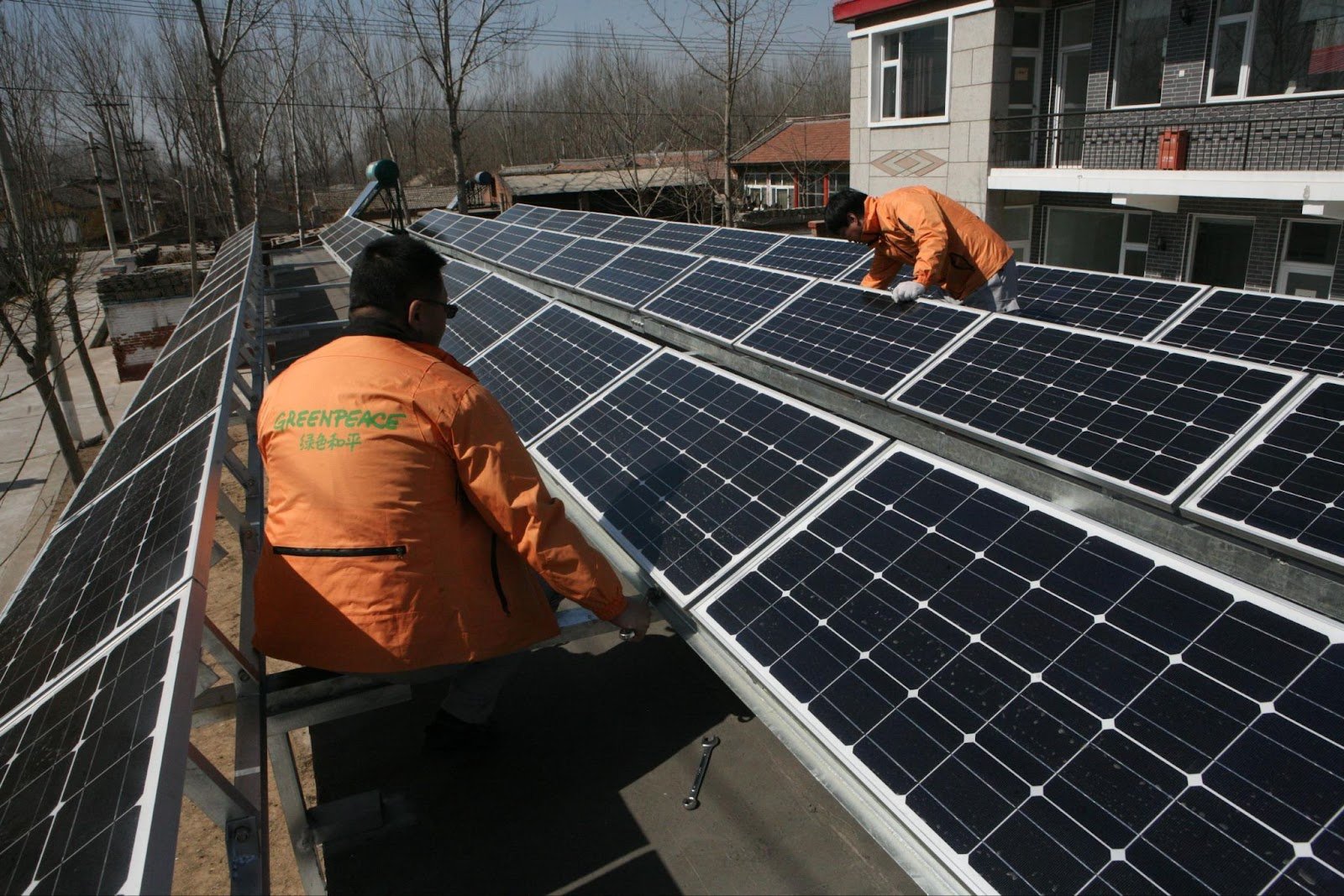Greenpeace’s findings show that if all coal-to-chemical plants that are currently under construction become operational, they will exceed the target for coal-to-chemical capacity outlined in the 13th Five-Year Plan.
The report predicts CO2 emissions from coal-to-chemical plants under three scenarios, based on the amount of capacity targeted in the 13th Five-Year Plan, the amount of capacity currently under construction and the amount of capacity that is up for approval.
China currently has 46 coal-to-chemical plants in operation and 22 under construction. The 22 under construction plants are projected to emit a combined 193 million tonnes of CO2 annually if they become operational.
The projected increase in emissions from the coal-to-chemical industry comes as China reduces its overall CO2 emissions, which have seen almost no growth for three years.[2] The coal-to-chemical industry accounted for 13% of China’s industrial emissions in 2015.
Based on these findings, Greenpeace urges that particularly high-emission projects such as coal-to-olefin no longer be approved and that no new coal-to-chemical capacity be permitted.
“It is important that China limit the coal-to-chemical industry’s development and create a more stringent project approval process,” Gan said.
Notes to editor:[1] Full report available HERE.
[2] China coal consumption falls for third year running — Energy Desk http://energydesk.greenpeace.org/2017/02/28/china-carbon-co2-emissions-coal-oil-energy-2016/
Media contacts:
Erin Newport, International Communications Officer
Greenpeace East Asia, Beijing | +86 18301149704 | [email protected]
Greenpeace International Press Desk, [email protected], phone: +31 (0) 20 718 2470 (available 24 hours)



